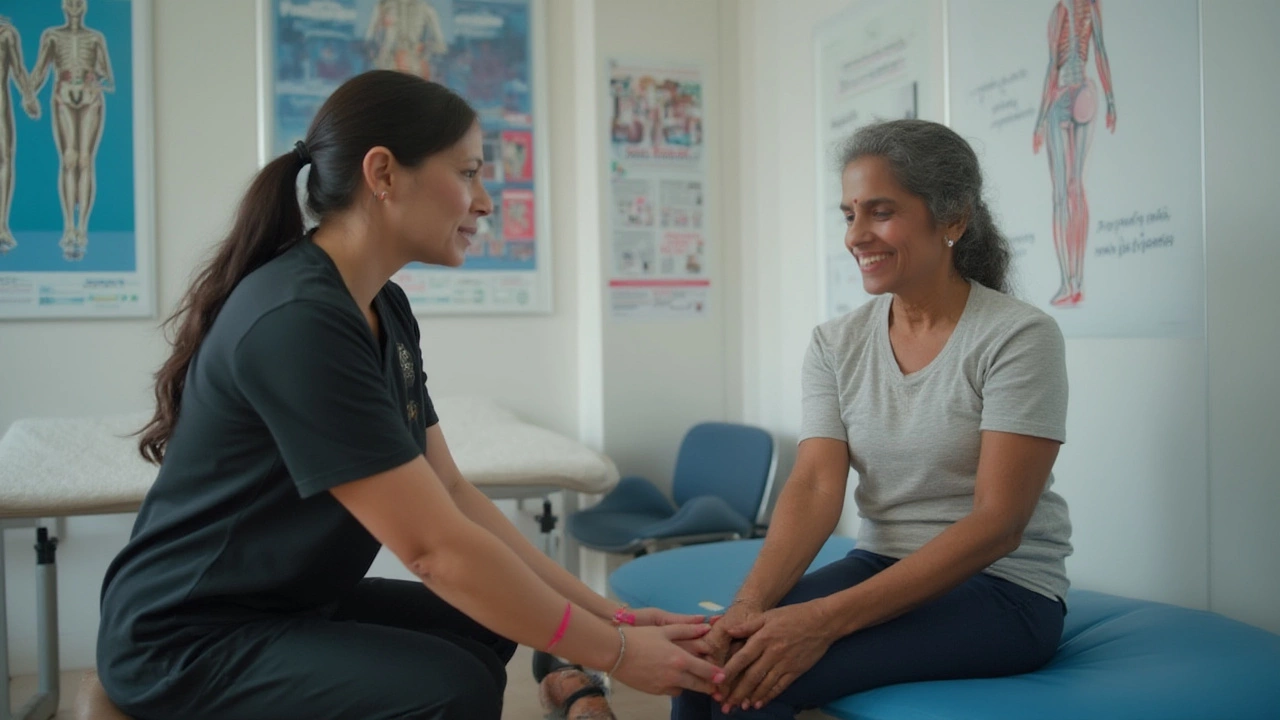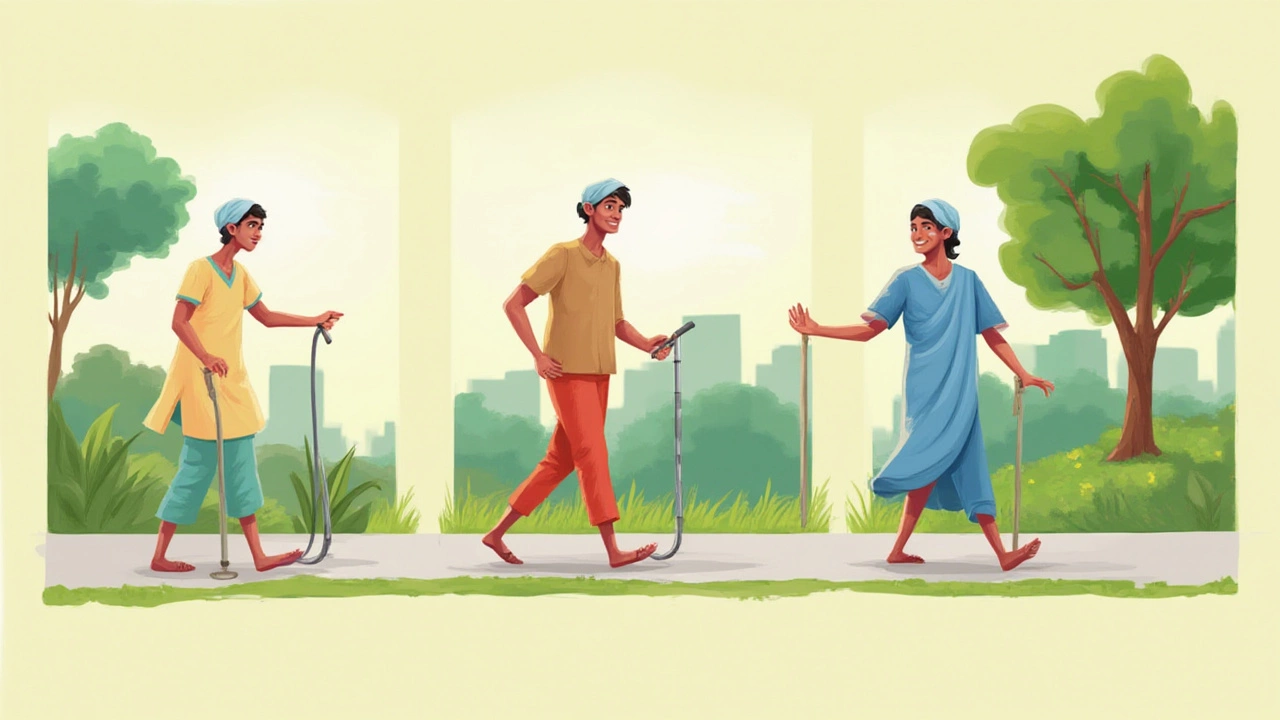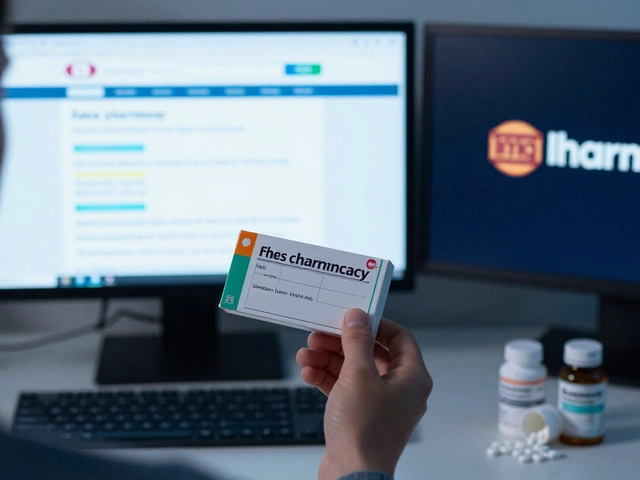If you ever found yourself lying awake wishing someone could swap your aching knee for a new one, you’re not alone—over 700,000 Americans get a total knee replacement every year. The promise is simple: ditch the pain, get your life back. But here’s the catch most folks don’t talk about—recovery can be shockingly slow, and the pain doesn’t vanish overnight. My neighbor Nina actually called her new knee a "drama queen" because it refused to stop throbbing for months. This isn’t anyone being dramatic. Knee replacements are a big deal for your body, so let’s get real about how long that pain sticks around and what you can do to get back on your feet (and maybe even chase your dog through the yard again).
The Real Timeline: When Does Pain After Knee Replacement Go Away?
I’ll cut straight to the chase: most people notice their worst pain fades over the first few weeks, but total relief can take much longer. Doctors usually say the intense, keep-you-awake pain should calm down in 2 to 4 weeks. By six weeks, the pain is usually way less and most people can start driving, walking around the block, or even heading back to work if they have a desk job. Sounds speedy, right? Not exactly.
Here’s where it gets interesting: The actual process inside your knee never stops at the 2- or 6-week mark. Soft tissues are still healing, nerves are still calming down, and some folks will feel nagging aches, tightness, or weird sensations for months. In fact, studies from big-name sources like total knee replacement research at Cleveland Clinic show that about 20% of people still feel some pain six months in. It usually isn’t sharp, but it can make simple things—standing up, climbing stairs—an annoying chore.
Based on real reports, most people find pain eases off steadily over the first 3 to 4 months. It can take a full year for your knee to feel truly "normal" (or close to it). If you’re still stuck with sharp pain more than three months after surgery, chat with your doctor—never tough it out in silence, seriously. And don’t panic if you feel a little stiff after a long walk or after kneeling on the garden mulch months later. The knee will keep adapting for a while.
| Time After Surgery | What Most People Feel |
|---|---|
| 0-2 weeks | Sharp pain, swelling, tenderness, bruising |
| 2-6 weeks | Pain begins to decrease, able to get up and move more |
| 6-12 weeks | Mild to moderate discomfort, improved mobility, some residual swelling |
| 3-6 months | Aches, stiffness, some numbness possible |
| 6-12 months | Most pain gone, occasional twinges |
Why Does It Hurt So Long? Inside the Knee Replacement Process
Your knee isn’t just a hinge. It’s packed with nerves, blood vessels, and squishy tissue that all hate being messed with. When the surgeon goes in, they saw off ends of your thigh and shin bones, pop in metal and plastic parts, and stitch you up. Even the best docs admit—your body acts like it’s been hit by a truck for a while afterward.
Swelling after surgery is totally normal and pushes against your nerves, which amps up the pain. The pain might shift around, too—sometimes deep in the joint, sometimes around your kneecap or even shooting up your thigh. Every now and then, I hear from patients about strange symptoms, like a cold or buzzing feeling on the skin (thank those irritated nerves). I’ve even seen my uncle curse out his "robot knee" after it went numb for a couple of months.
Also, pain can spike at random—maybe after sleeping with your knee bent, sitting for a while, or just on a weather change (yes, barometric pressure really can make things ache more). Your knee joint is adapting to being used again after being out of commission. Even after hospital physical therapy, you’ll probably have "bad days" where the pain feels like it’s coming back. That’s just the healing process at work and doesn’t always mean something’s wrong.

Practical Tips to Make Knee Replacement Recovery Easier
I’ve watched my father, neighbors, and even a few soccer buddies go through this. The ones who bounce back best always do a few things differently:
- Don’t skip your meds: Don’t wait for pain to get out of control. Doctors usually recommend a steady schedule for the first couple of weeks—let the medicine work before you try to power through the pain.
- Ice is your best friend: Wrap a cold pack in a towel and slap it on your knee (just not right on the skin) for 15-20 minutes at a stretch, several times a day. This practically shrinks swelling—and might even help you sleep better.
- Move as much as your team says: It’s easy to flop on the couch and binge-watch for days, but movement—heel slides, gentle bends—actually keeps pain down longer term. Of course, don’t overdo it; nobody’s asking you to climb Everest yet.
- Elevate your leg: Keep your leg above heart level when possible. Pillows work, but never put them directly under the knee. Stack them under your calf and heel instead.
- Watch your incision: Check daily for redness, warmth, or discharge. Infection is rare, but when it happens, it’s no joke. If you get a fever or see something weird, call the doc fast.
- Treat yourself well: Sleep is crucial—even a quick nap resets your pain tolerance. Eat protein and vitamin-rich foods; your knee uses those building blocks for repairs. Aarav and Vanya have become experts at bringing dad questionable breakfast-in-bed combos for this reason!
Don’t ignore mental health, either: knee replacement can feel isolating and frustrating. If you notice blues that won’t lift, let your doctor or a friend know.
Long-Term Healing: When Does Life Really Return To Normal?
You may be hoping for a hard finish line, but knee replacement isn’t a sprint—it’s a marathon. By three months, most adults can go back to the good stuff—standing at grill parties, bike rides, light gardening. That said, both professional surgeons and large clinical reviews say minor pain can still show up six months or even a year out.
For example, you may find kneeling uncomfortable for a long time. This is common and often due to simple tenderness in the soft tissue or lingering numbness. Doctors at the Mayo Clinic estimate up to 40% of people have some kneecap numbness a year after surgery, but nearly everyone agrees their old bone-on-bone pain is gone. Climbing stairs or squatting may still pull at your patience—so keep those grab-rails in play for a while longer.
If you start feeling any of these, talk to your healthcare team—not Google:
- Sudden, sharp or worsening pain after feeling like you were improving
- Shooting pain with swelling, redness, or fever
- Leg or knee feels hot to the touch
- Clicking, popping, or feeling of instability with pain
My dad was convinced he’d never hike with his grandkids again six months after surgery, but slowly building strength and flexibility with his PT brought him back. Last year, he finally made it up the park trail—slowly, but pain-free. That’s the kind of win you’ll want to look for, rather than zero pain every day forever.

What Makes Knee Replacement Pain Last Longer? Risk Factors and Surprising Triggers
Every knee is different. Factors like age, body weight, activity level, and even genetics can crank up—or down—how long post-surgery pain sticks around. Folks over 70 can heal slower, but so can younger, very active types who try to jump back into sports too soon. Conditions like diabetes or autoimmune diseases also slow the tissue repair process. And there’s this odd twist: Sometimes people who barely had pain before surgery actually end up with a longer painful recovery—a puzzle that orthopedic experts are still figuring out.
Here are some sneaky pain triggers I’ve seen in friends and family:
- Weather swings (stormy days, big humidity shifts)
- Using the wrong shoes—ditch those unsupportive flats
- Waiting too long to do your PT homework
- Lack of sleep—believe it or not, bad sleep makes pain feel worse, according to a 2023 Johns Hopkins sleep study
- Pushing yourself too hard, too soon (don’t let that weekend-warrior voice in your head take over)
- Skipping meals—your knee needs those calories to heal
And if you’re prone to anxiety or have struggled with depression, you’re more likely to focus on pain and notice every twitch. That’s not weakness—it’s actually your nervous system stuck in high gear. Sometimes, simple mindfulness work helps lower pain, too. My friend tried three apps before he found one that settled his mind (and his knee aches) at bedtime.
One cool tip: Take regular, short walks daily—even inside your house with Bolt circling your feet. Each lap gets blood moving and reminds your healing tissues that movement is safe, not scary.
So, if you’re still riding the pain rollercoaster, give it time, talk openly with your care team, and look for small daily wins. Most knees recover—sometimes slowly, always uniquely.








